These are the six use case archetypes that Ekkono has identified.

Virtual sensors
Enhance your sensor array with virtual sensors. Replace them with virtual copies, imitate them in case they fail, or learn to actively predict them ahead of time.
Business value
- Cost saving on sensors that are expensive, hard to maintain or difficult to install.
- Reducing the urgency on service if a sensor starts to drift or malfunction. A virtual copy can fill in.

Condition Monitoring
Condition monitoring is the process of monitoring a parameter of condition in machinery, in order to identify a significant change which is indicative of a developing fault. It is a major component of predictive maintenance.
Business value
- Cost savings on sensors, e.g., intrusive or sensitive sensors.
- Cost savings on scheduled check ups and spot checking.
- Continuous monitoring without stopping operations.

Predictive Maintenance
Condition monitoring is the process of monitoring a parameter of condition in machinery, in order to identify a significant change which is indicative of a developing fault. It is a major component of predictive maintenance.
Business value
- Cost savings on time spent compared to other types of maintenance, e.g., calendar based.
- Cost savings due to less unplanned stops.
- Cost savings due to maximizing the useful life of equipment.

Predictive Alarming
Predictive alarming lets you apply alarm levels on future sensor values, enabling the possibility to act in advance or act smarter than simple threshold values.
Business value
- Cost savings by increasing uptime with predictive alarming.
- Individualized alarms reduces overall false positive rate.

Device Modeling
A virtual representation that serves as the digital counterpart of a physical object or process. The models are specifically used for understanding correlations, simulating new behavior and root cause analysis. This use case could also be referred to as a digital twin for individual components or functions.
Business value
- Added information through summarization of device use patterns or allowing for simulations of alternative use patterns. Basis for decision support when, e.g., renting equipment or optimizing equipment configuration.

Predictive Control
Predictive control is a control algorithm based on a predictive model of the process. The model is used to predict the future output based on historical information about the process, as well as anticipated future input.
Business value
- Cost saving through better utilization of finite resources.
- Customer retainment through the transferable, personalized configurations.
- Cost savings through performance optimization.